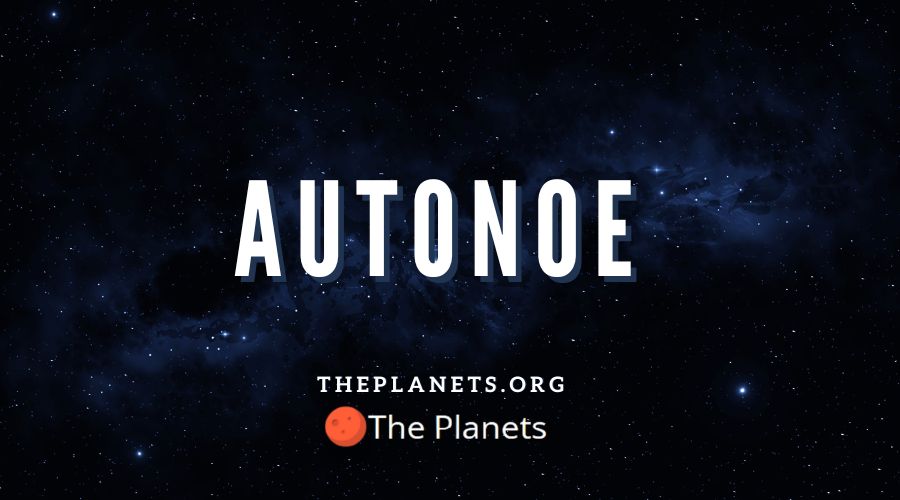
The Discovery of Autonoe
Autonoe was discovered on December 10, 2001 by a group of astronomers: Scott S. Sheppard, David C. Jewitt and Jan T. Kleyna. This moon was first discovered at the Mauna Kea Observatory in Hawaii.
The Origins Of Autonoe
Unlike with most of the other outer moons of Jupiter, there is evidence to suggest that the moons of the Pasiphae group may have actually originated from more than one asteroid.
As a member of the Pasiphae group, which is a part of the Jovian satellite family, Autonoe is thought to have originated from one or more satellites that broke apart into many pieces. This theory is partially based on the fact that all of the moons in the Pasiphae group have somewhat similar orbital paths. However, there seem to be more differences in these eccentric orbital paths amongst moons within this group as compared to other moon groups.
These moons are also made from like material. More than likely, one or more asteroids were pulled into Jupiter’s gravity. The collision which caused it, or them, to break apart may have occurred before or after being pulled in. The bulk of one of the original asteroids is likely retained in the largest moon of the group, Pasiphae.
Differences in color is another evidence that supports there being more than one original satellite that created the moons of the Pasiphae group. The moons in this group vary in color from shades of red to shades of gray, whereas most moons within other natural satellite groups all tend to be very similar in color to each other.
How Autonoe Got Its Name
Sometimes also referred to as S/2001 J1 or Jupiter XXVIII, this moon was, according to some sources, named after a character in Roman mythology. It is said that Autonoe was named after the Mother of Graces by Jupiter (or Zeus in Greek mythology.)
Characteristics Of Autonoe
As with all of the other moons in the Pasiphae group, Autonoe maintains an orbital path that moves in the opposite direction to that of Jupiter’s. This is referred to as having a ‘retrograde orbit.’ The moons in this group also have what is known as ‘eccentric orbits,’ which means that the orbital paths are more elliptical than spherical in nature and are highly inclined as compared to the equatorial plane of the parent planet.
These characteristics support the theory that the moons in the Pasiphae group, as with many others of the outer moons, were formed much later than the original Jupiter system.
Statistics On Autonoe
As a relatively small moon, Autonoe has a mean radius of a mere 1.2 miles, or 2 kilometers. Autonoe is situated 14.9 million miles away from the parent planet, or around 24 million kilometers. It takes this moon 761 earth days to fully orbit the planet Jupiter. The circumference of Autonoe is 12.6 kilometers.